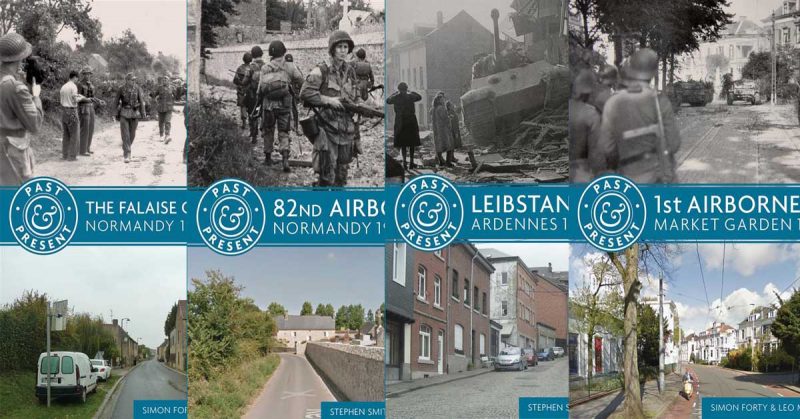The Casemate Past & Present series reconstructs historical battles by using photography to juxtapose modern views with those of the past. Highly illustrated they offer an overview of important battles, divisions and places, and include specially commissioned present day aerial views. The books present a coherent link between now and then, linking the monuments and battlefield relics with what actually happened.
Four new titles will be released in October 2017
82nd Airborne
Normandy 1944
Stephen Smith & Simon Forty
On August 15, 1942, the 82nd Airborne became the US Army’s first airborne division. Commanded by Major General Matthew B. Ridgway, they trained exhaustively for their new role, which involved parachuting from C-47s and insertion by Waco CG-4A gliders.
In April 1943 the 82nd was shipped overseas to Casablanca, North Africa, and on July 9 made its first combat drop as part of Operation Husky, the invasion of Sicily. A second operation—night parachute drops onto the Salerno beachhead on September 13 and 14—provided more experience, and in December, the bulk of the division left for the United Kingdom and training for D-Day.
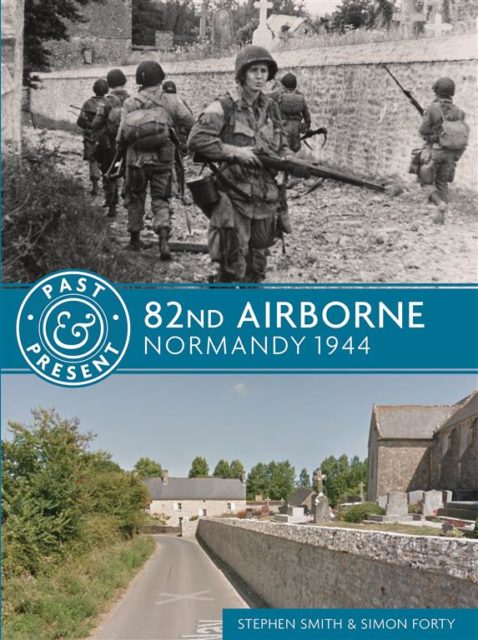
Reorganized with two new parachute infantry regiments, the 507th and the 508th, joining the 505th, the division dropped onto the Cotentin peninsula between Ste-Mère-Église and Carentan on the night of June 5–6, in a mission codenamed Boston. Their glider-borne component, the 325th GIR, arrived the next day. Widely dispersed on landing, the division overcame its problems and strong German defenses to take the important town of Ste-Mère-Église. Further intense action along the Merderet River ensured that the Utah beachhead wasn’t compromised, and subsequently, the division fought on losing 5,245 troopers killed, wounded, or missing. When withdrawn after 33 days of action, the division could be satisfied it had performed heroically and helped establish the Allied forces’ foothold in France.
9781612005362, paperback, 64 pages, 130 color and black & white photographs, $16.95
The Falaise Gap Battles
Normandy 1944
Simon Forty & Leo Marriott
The denouement of the battle of Normandy, the fighting around Falaise and Chambois in August 1944 and the pursuit of the retreating German armies to the Seine provided the Allies with an immense victory. After ten weeks of hard attritional fighting, the Allies had broken loose from the bocage and the Germans’ deep defenses around Caen: by the end of September they would be close to the German border.
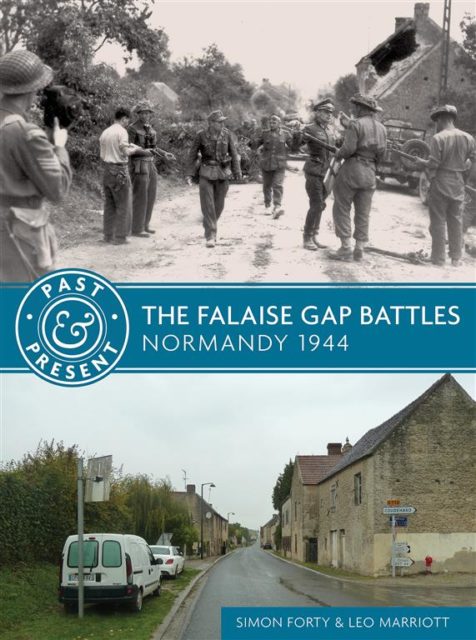
As US First Army and British Second Army squeezed the western and northern edges of the German salient, so Third Army rushed headlong eastwards and then north to create the lower of two pincers—the other formed as the Canadian First Army and the Polish 1st Armored Division pushed south of Caen. As could be expected, the Germans did not simply give up: they fought furiously to keep the pincers from closing. When they did, attacks from inside the pocket to break out and outside the pocket to break in led to fierce fighting between Chambois and Argentan.
When the dust settled, between 80,000 and 100,000 troops had been trapped by the Allied encirclement. Estimates vary considerably, but it seems safe to say that at least 10,000 of the German forces were killed and around 50,000 became PoWs. The rest, however, escaped, but without most of their equipment, destroyed in the battle or abandoned in the retreat over the Seine. Those that did escape were subsequently to reform, rearm and conduct an effective defense into late 1944.9781612005386, paperback, 64 pages, 130 color and black & white photographs, $16.95
9781612005386, paperback, 64 pages, 130 color and black & white photographs, $16.95
1ST Airborne
Market Garden 1944
Simon Forty & Leo Marriott
While the 6th Airborne Division had landed in France on D-Day and covered itself in glory, its counterpart, the 1st Airborne Division, had last seen action during an amphibious assault at Taranto on September 9, 1943, as part of the invasion of Italy. Returned to the UK in December 1943, it was held in reserve during the battle of Normandy and spent three months waiting for action, as plan after plan was proposed and then discarded, such was the speed of the Allied pursuit of the Germans. In September 1944, however, 1st Airborne played a leading role in Operation Market—the air component of Operation Market Garden, an audacious attempt by the Allies to bypass the Siegfried Line and advance into the Ruhr. It was to be 1st Airborne’s last action of the war.
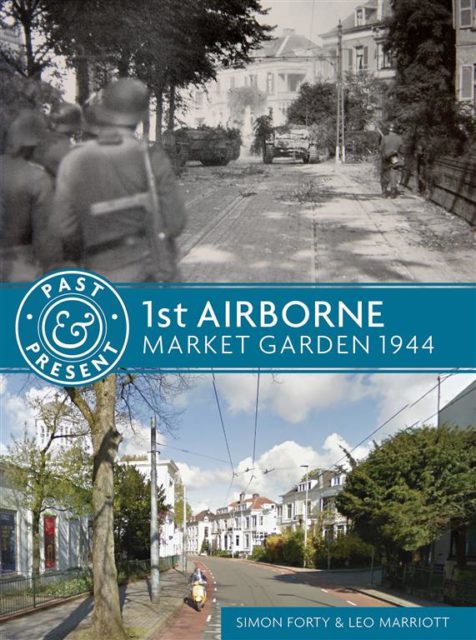
Encountering more resistance than expected, including II SS Panzer Corps, the division landed too far from Arnhem bridge, and fought bravely but in vain. Held up en route, particularly at Nijmegen, XXX Corps’ advance to Arnhem stuttered and ran late. After nine days of fighting, 1st Airborne had lost 8,000 men around Arnhem when the survivors retreated across the Lower Rhine to safety. During those nine days, however, they had created a legend: first as the small unit under Lt-Col John Frost held the “bridge too far” and then as the Oosterbeek perimeter came under sustained attack waiting for XXX Corps to arrive.
9781612005409, paperback, 64 pages, 130 color and black & white photographs, $16.95
Leibstandarte
Ardennes 1944
Stephen Smith & Simon Forty
The 1st SS Panzer Division Leibstandarte Adolf Hitler was the spearhead of the assault by Sepp Dietrich’s Sixth Panzer Armee on the northern flank of the German Ardennes offensive. Divided into Kampfgruppen, the lead was Kampfgruppe Peiper whose armored force included SS Heavy Tank Battalion 501 equipped with King Tigers.
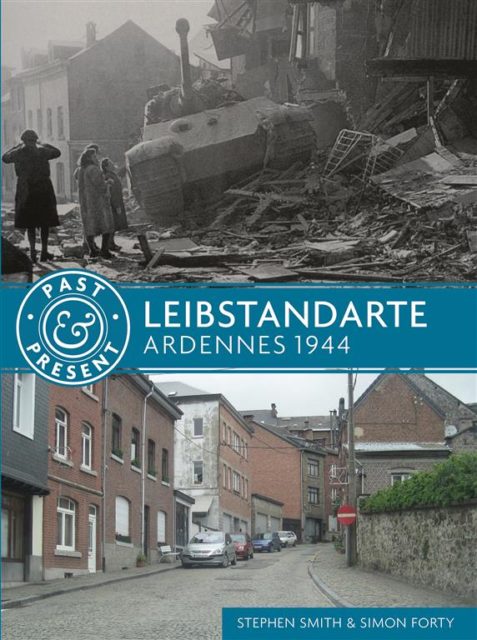
The attack was launched on a snowy, freezing December 16, but from the outset, the division lost time against schedule. It captured a fuel dump at Büllingen, but brave defense forced Peiper onto the southern Rollbahn D whose tight, winding roads proved difficult to negotiate and soon the Kampfgruppe was strung out over 25 kilometers with its heavy armor—the King Tigers—slowly losing ground as vehicle after vehicle succumbed to automotive failures. Pushing through Stavelot and Trois Pont, the advanced units of the Kampfgruppe reached Stoumont before lack of fuel—the Americans had retaken Stavelot and closed off the route for German resupply—and US Army action forced it to halt at La Gleize. Six days later, on Christmas Eve, with no hope and no fuel, Peiper and his men abandoned their vehicles and made their way back to their lines: only 770 got there.
They left behind 135 armored vehicles including the King Tiger that today stands in front of the museum at La Gleize. They also left scattered on their route the murdered bodies of US servicemen—at Malmedy, Ligneuville, and Wereth—and civilians, massacres that would lead to postwar trials and continued recriminations.
9781612005423, paperback, 64 pages, 130 color and black & white photographs, $16.95
The first four titles in the Past & Present series, published October 2016, are 6th Airborne: Normandy 1944, 101st Airborne: Market Garden 1944, Omaha Beach: Normandy 1944, and Bastogne: Ardennes 1944.
